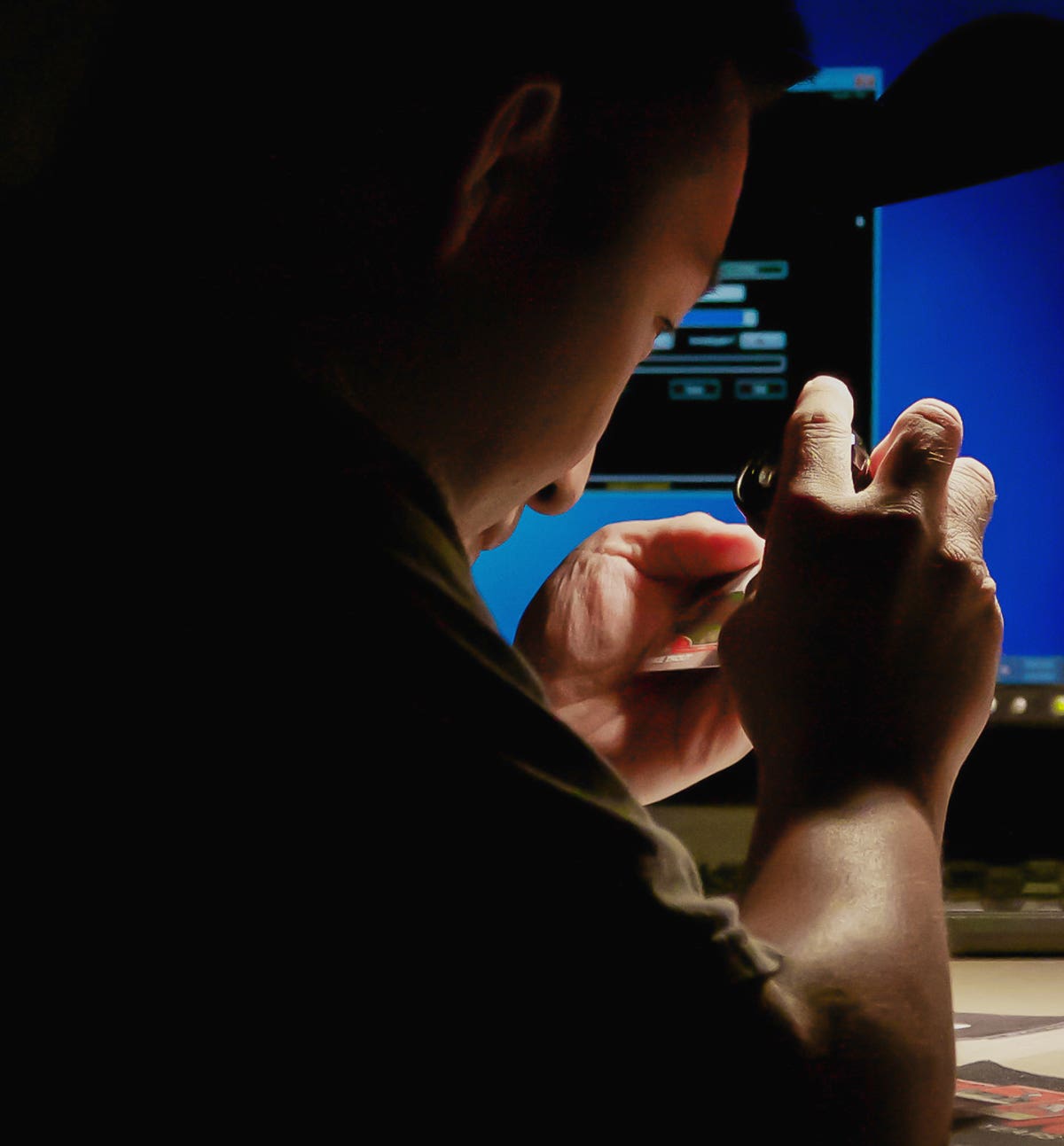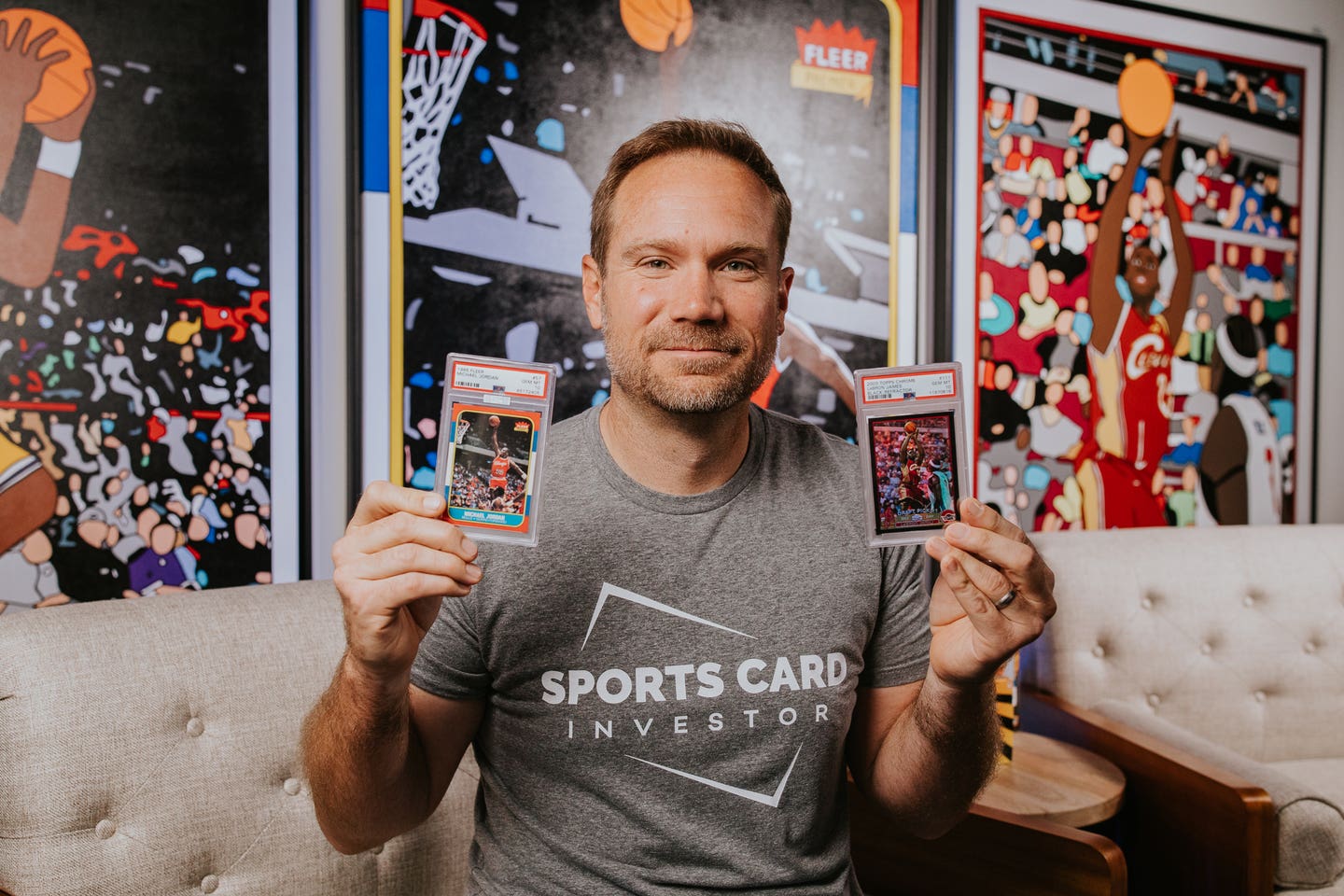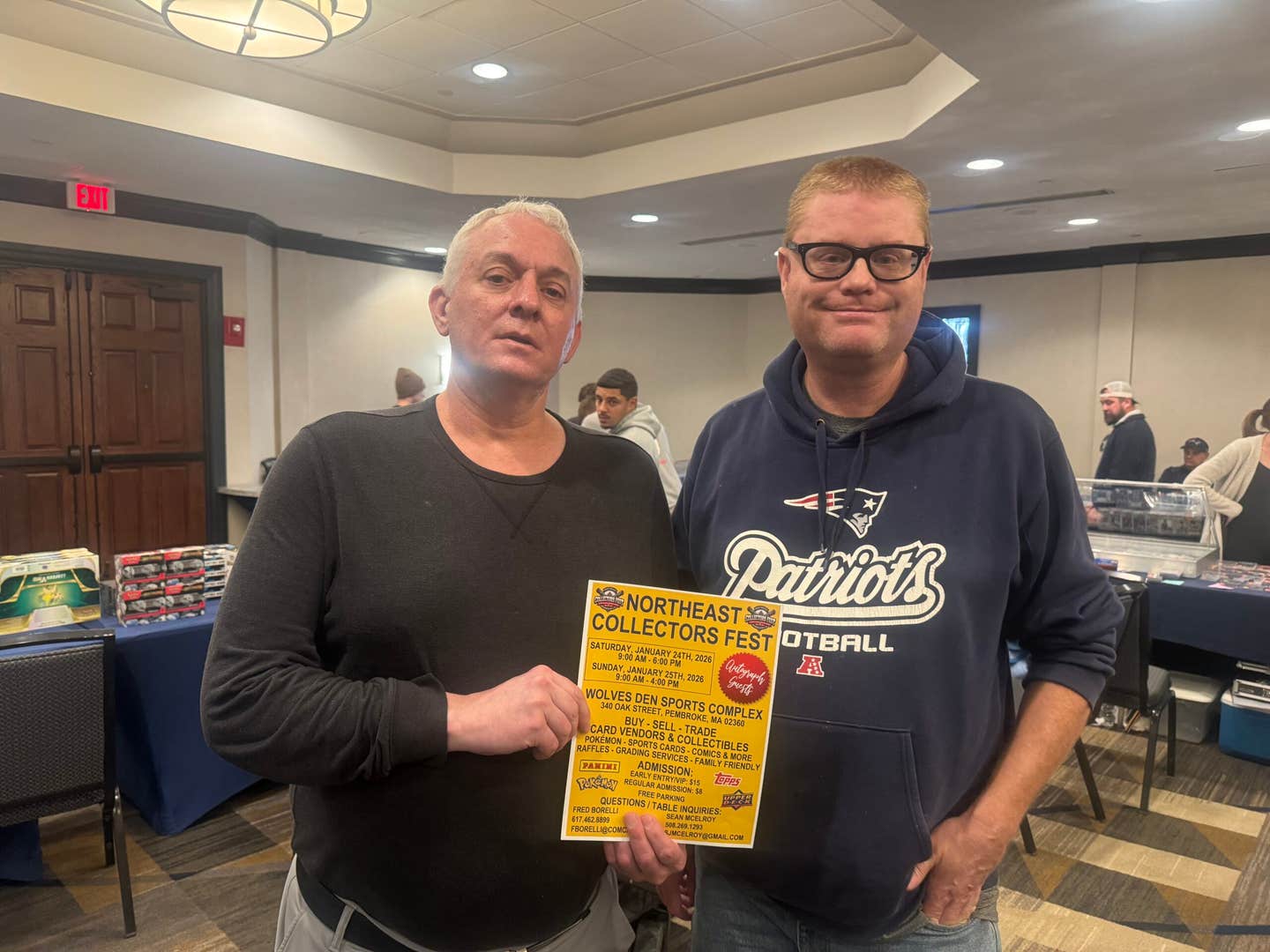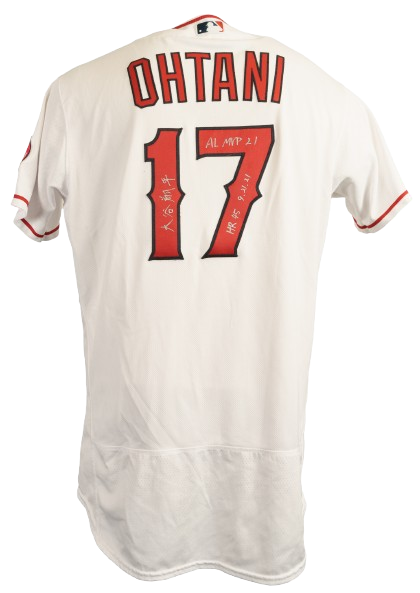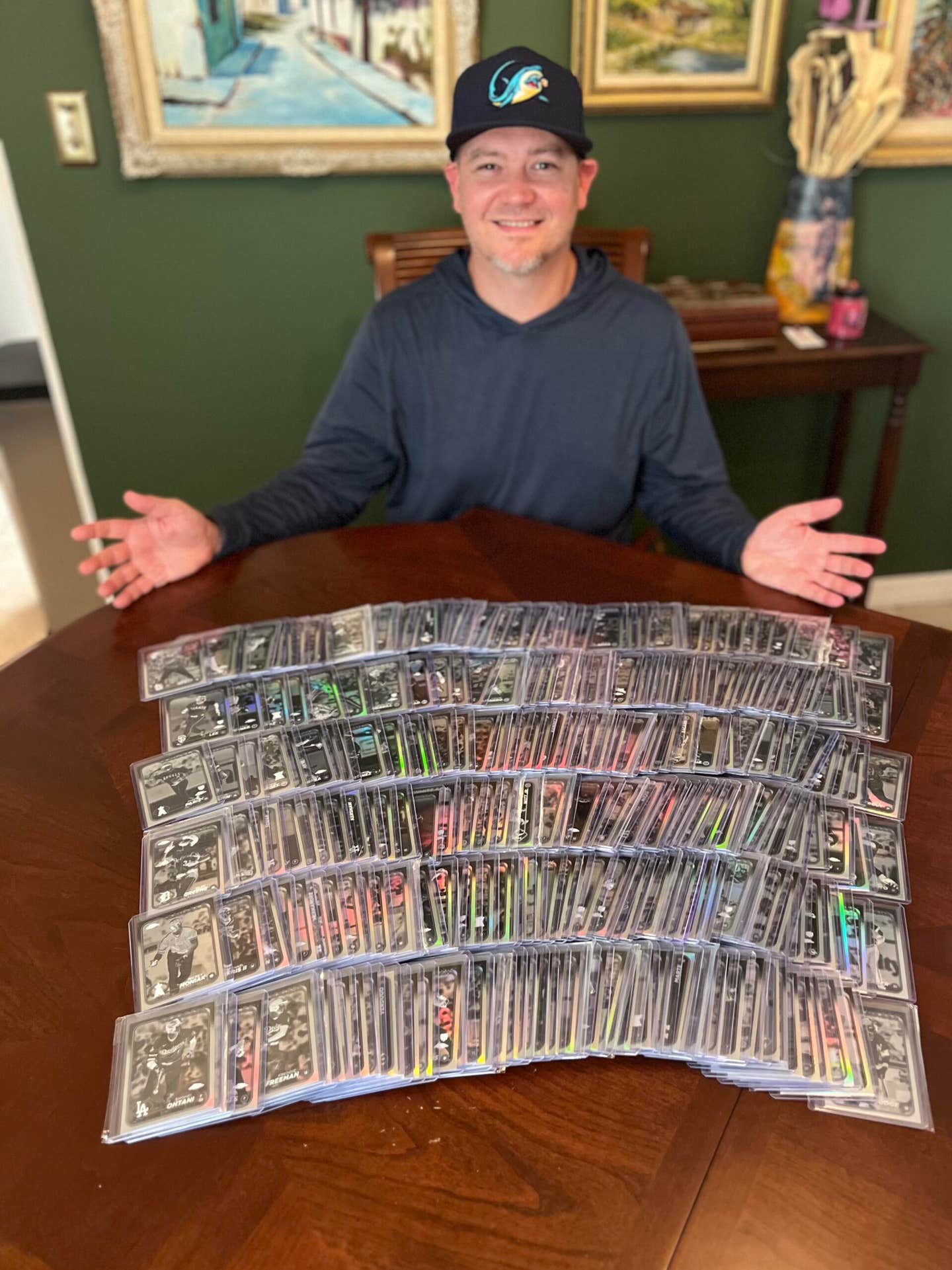Collector Stories
Hobby was much different way back in 1991 …
Ran into something online the other day that was a neat reminder of the hobby’s kinder, gentler period when hobby publications would spend vast amounts of time, resources and ink on detailing the investment potential of those silly little pieces of cardboard you were squirreling away.
It was from a feature called “The Top 100 Sports Cards Investments” and it appeared in a 1991 issue of Tuff Stuff magazine. We now own that magazine, albeit in a slightly different and cosmically cumbersome name, but the style and content of the article was certainly typical for the period.
My interest is not so much to pick apart the astuteness of their predictions – which weren’t all that bad anyway – but merely to note that the thrust of the story itself is a pretty good barometer of how much our hobby/industry has changed over the years.
A better observation might be that their first dozen selections were mostly pretty solid, but any financial disappointment largely came from the broader decline of the overall new-card market rather than missing their guesses.
Of their first 12 picks, about half (7) were cards from the 1980s, while five were from the 1970s: Bert Blyleven’s 1971 Topps rookie card was No. 4, Eddie Murray’s 1978 rookie No. 5 and the Topps rookies of Yount, Brett and Schmidt were Nos. 10-12, in that order.
Clearly, somebody though Blyleven was Hall of Fame material 20 years ago, which must have made the ensuing two decades a bit discouraging as he waited patiently for the call from the Hall.
Assuming that Bert gets the nod eventually, which is a defensible position but hardly a slam dunk, if we may mix our metaphors, then it turns out that the only guy from the whole first dozen who didn’t make it to Cooperstown was No. 7 Darryl Strawberry, listed with his once smoking-hot 1984 Donruss rookie card.
When you combine Darryl’s almost Shakespearean fall from grace with the realization that investors would have pretty much taken a pasting on most of the cards on the list – even the 1970s variety – and you get a feel for how shaky this quaint little hobby pastime was at the time.
It should be noted that a rather important caveat exists as well: For most of the cards in the top 12 and presumably down through the rest of the listings, finding truly high-grade specimens worthy of third-party slabbing and grading could be the factor that turns a questionable investment into a winner.
But like the overall phenomenon of buying modern cards as investments, we just didn’t quite know where third-party grading was headed in 1991.



